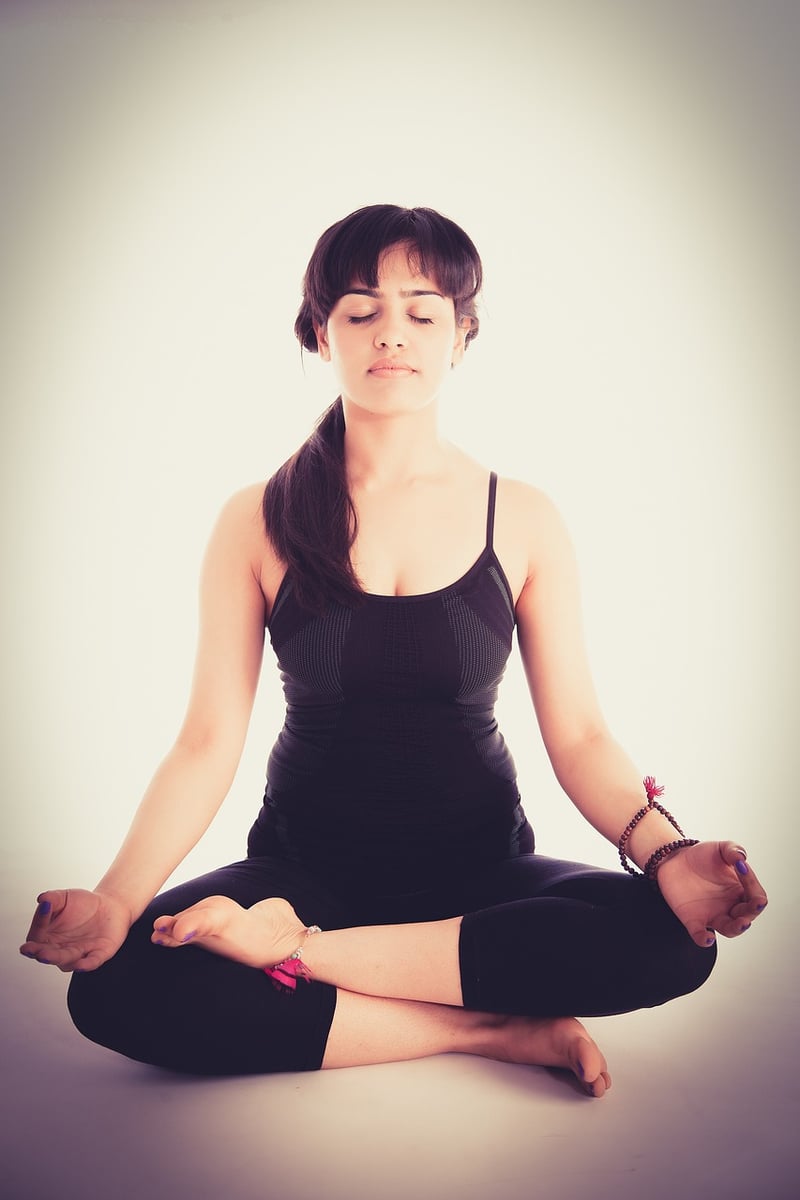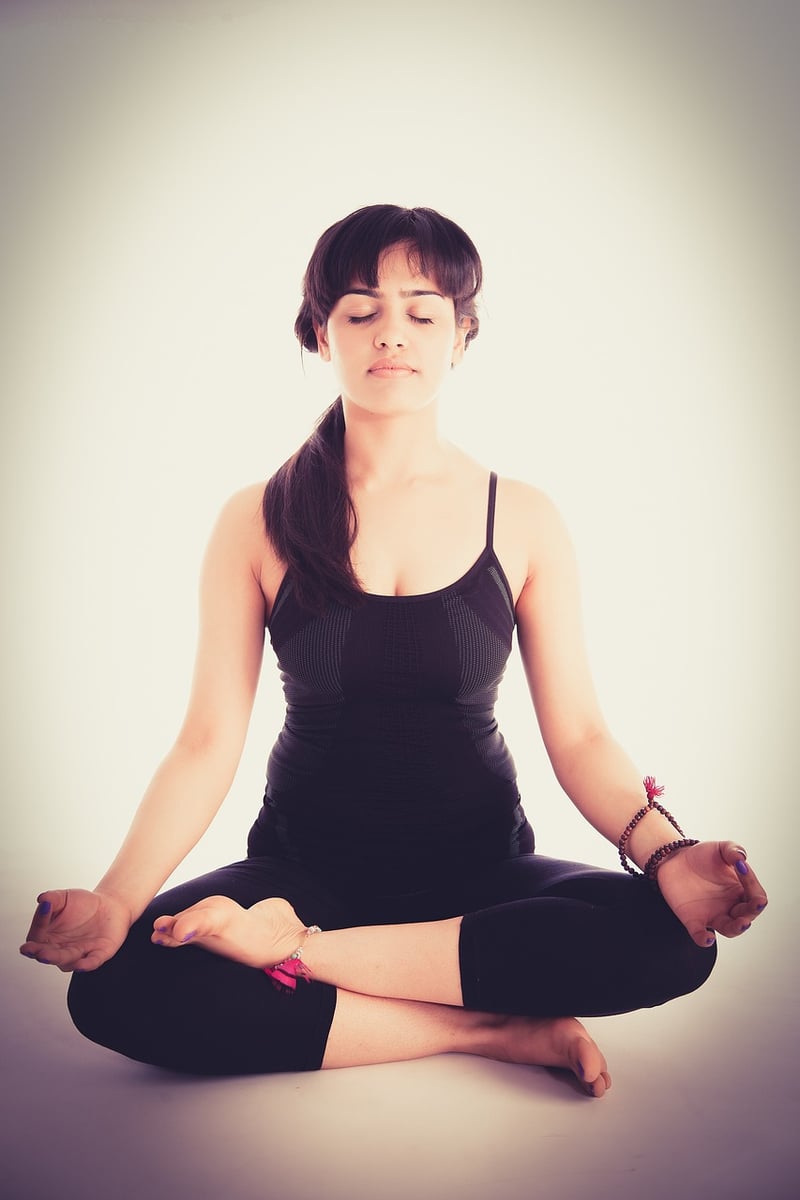Deep breathing
Mastering Breath Regulation: Deep Breathing Techniques
Learning to regulate your breath can have profound effects on your physical and mental well-being. Deep breathing techniques are powerful tools that can help manage stress, improve focus, and promote relaxation. By mastering these techniques, you can enhance your overall quality of life. Here are some effective methods to help you get started:
1. Diaphragmatic Breathing
Also known as belly breathing, diaphragmatic breathing involves breathing deeply into your abdomen. To practice this technique, follow these steps:
- Lie down or sit comfortably with your back straight.
- Place one hand on your chest and the other on your abdomen.
- Inhale deeply through your nose, allowing your abdomen to rise while keeping your chest relatively still.
- Exhale slowly through your mouth, feeling your abdomen fall.
- Repeat this process for several breaths, focusing on the sensation of your breath moving in and out.

2. Box Breathing
Box breathing is a technique used by many to calm the mind and body. Here's how you can practice box breathing:
- Sit comfortably and close your eyes.
- Inhale deeply for a count of four seconds.
- Hold your breath for four seconds.
- Exhale slowly for four seconds.
- Pause for another four seconds before inhaling again.
- Repeat this cycle several times, focusing on the rhythmic pattern of your breath.

3. Alternate Nostril Breathing
This yogic breathing technique can help balance the mind and body. Follow these steps to practice alternate nostril breathing:
- Sit in a comfortable position with your spine straight.
- Place your left hand on your left knee with your palm facing upward.
- Use your right thumb to close your right nostril and inhale through your left nostril for a count of four seconds.
- Close your left nostril with your right ring finger, hold for four seconds, then release your right nostril and exhale for four seconds.
- Inhale through your right nostril, close it, and exhale through your left nostril. This completes one cycle.
- Repeat for several cycles, focusing on the flow of breath through each nostril.

By incorporating these deep breathing techniques into your daily routine, you can experience improved relaxation, reduced stress levels, and enhanced focus. Take the time to practice these methods regularly to reap the full benefits of breath regulation.
Remember, mastering the art of deep breathing takes time and patience. Start slowly, be consistent, and gradually increase the duration of your practice. With dedication and perseverance, you can harness the power of your breath to cultivate a sense of calm and well-being in your life.
